A large part of Malaysia is covered in dense jungle. These are often national parks where park management takes care of maintenance and tourist facilities. A national park usually has a park HQ (headquarters) with basic accommodation where visitors can stay. There are also usually several resorts and lodges, sometimes inside the park and sometimes just outside it. Taman Negara National Park is often said to be the oldest jungle in the world — how cool would it be to stand there yourself? Many travelers include a visit to the jungle in their travel plans. This could be a nature reserve on the peninsula, but also on Malaysian Borneo, in the states of Sabah and Sarawak. These areas also have beautiful nature reserves, each more stunning than the last.
In general, a visit to the jungle usually lasts about 3 to 4 days. People don’t often stay longer than that. That’s partly because a holiday in Malaysia typically lasts only 2 to 4 weeks, and there are so many other amazing things to see. At the same time, 3 to 4 days is usually enough to get a good impression of the jungle. In Malaysian Borneo, it’s more common for travelers to visit several jungle destinations, often as part of a bigger Borneo adventure.
Best places for a unique jungle experience in Malaysia
You can explore the jungle in many parts of Malaysia, and several of these spots are staples on most travel itineraries. Each one has its own charm. Some are located on the Malaysian peninsula, but most are found in Malaysian Borneo.
Kinabatangan River – Best for wildlife (long-nosed monkeys, Borneo pygmy elephants, orangutans, hornbills). Tours are mostly by boat, and a visit to the stunning Gomantong Caves is often included.
Tabin Wildlife Reserve – This reserve is an extension of the Kinabatangan area. It’s another great spot for wildlife (though sightings are usually fewer compared to Kinabatangan). Tours are often a mix of boat rides and walks.
Danum Valley – Untouched rainforest with rare species like clouded leopards and the Bornean brush-head bat. A truly special place—with a price tag to match. The ultimate jungle experience.
Deramakot Forest Reserve – One of the best places in Malaysia for spotting wildlife at night. It’s not very touristy due to its remote location.
Kinabalu National Park – Less jungle, more highlands, but still a very cool place to visit.
Taman Negara – Malaysia’s most famous national park. Great for first-time visitors and ideal for exploring on your own. Wildlife sightings are limited, though.
Royal Belum State Park – A beautiful nature reserve in the far north of the peninsula. Most tours are done by boat, with short hikes along the way.
Tawau Hills Park – Still relatively undiscovered, but a scenic spot near Tawau. Easy to combine with a trip to the Semporna islands.
Endau-Rompin National Park – An up-and-coming park in the south of the peninsula. Wildlife sightings are rare (because the area is so vast), but it still offers a truly unique jungle experience.
Mulu National Park – A one-of-a-kind destination. You don’t come here for wildlife per se, but for stunning jungle scenery, amazing caves, and more.
Batang Ai – A nature reserve in eastern Sarawak, known for its longhouses and indigenous tribes. Definitely a Sarawak highlight.
Bako National Park – A wonderfully compact nature reserve where you can hike on your own or go wildlife spotting with a guide.
A typical tour in Malaysia
A jungle adventure in Malaysia usually isn’t cheap, and most tours are either 3D/2N or 4D/3N. Hardcore travelers often go for a custom trip and stay much longer, like birdwatchers looking for a rare species that can only be spotted in Borneo.
Tours typically include transfers, and if you’re visiting the Kinabatangan River, a stop at the Sepilok Orangutan Rehabilitation Center is often part of the package. All meals are usually included, and depending on the level of luxury at your resort, these can range from simple to pretty elaborate. Daily activities are also part of the package. You’ll usually do at least three activities a day—this could be boat trips, jungle hikes, or a mix of both, depending on your location.
The first activity usually takes place early in the morning when your chances of spotting wildlife are highest. After dark, there’s often an evening hike or a night safari.
Taman Negara, Malaysia’s most popular national park, is the closest jungle destination to Kuala Lumpur. But since it’s such a vast area, wildlife sightings are often quite limited—same goes for most of the nature parks on the peninsula. Taman Negara is usually visited as a 3D/2N tour starting from Kuala Lumpur. Another great option is Royal Belum in the far north of the peninsula. It’s less visited but perfect for a 3D/2N tour too—although you’ll need to get there yourself (most travelers rent a car).
Over in Malaysian Borneo, there are several national parks where your chances of seeing wildlife are much better. The top highlights include Danum Valley and Tabin Wildlife Reserve. The Kinabatangan River is also incredibly popular, offering the best chances of spotting animals as you explore by boat. Tawau Hills Park is a great alternative that’s still off the typical tourist radar. Sarawak also has several national parks, but wildlife sightings there—especially larger animals—tend to be more hit or miss. Still, places like Mulu National Park and Batang Ai offer incredible jungle experiences.
Just keep in mind: spotting wildlife is never guaranteed. If the weather isn’t great, the chances drop significantly. Sometimes, you might not see anything at all during a tour. Not everyone manages to spot the Borneo Big 5 (orangutan, proboscis monkey, Borneo pygmy elephant, hornbill, and crocodile) on a single trip—but that’s part of the adventure.
The cost of a jungle adventure
A standard 3-day (2-night) tour usually costs a few hundred euros per person. That typically includes accommodation, transfers, all meals, and on-site activities with a guide. At some national parks, where you stay in basic accommodation at the park HQ, the cost is much lower.
An exclusive destination like Danum Valley is one of the most expensive nature reserves in Malaysia to visit—expect to pay at least €400 per person (per night). That said, everything is super well-organized, and most people say it’s worth every euro (we feel that way as well after experiencing Danum Valley ourselves).
There are several ways to book your jungle tour. You can book directly with the accommodation provider, go through a local travel agency (there are plenty in Malaysia). The advantage of using a travel agency is that they can bundle everything together and help you build a full travel itinerary, including transfers, accommodations, and more.
Some popular local providers are: Borneo Excursions, River Junkie, Sticky Rice Travel, Borneo Adventure, Borneo Eco Tours, and Amazing Borneo.
Below is an overview of how to organize a tour yourself for each nature reserve:
Taman Negara National Park: Via Han Travel or NKS Travel in Kuala Lumpur. Or directly through the accommodations (if you are traveling with a rental car, for example).
Royal Belum State Park: Through the various accommodations. They offer boat trips and hikes on site.
Endau-Rompin National Park: Directly through Park HQ
Penang National Park: No accommodations, just visit as a day activity.
Kinabalu National Park: Via the accommodations. You can explore much of this area on your own.
Kinabatangan: Via the accommodations, but also via the local tour operators if you want to visit multiple destinations.
Tabin Wildlife Reserve: Directly via the accommodations (there are only a handful) or through local travel agencies.
Danum Valley: Via the Borneo Rainforest Lodge or the DVFRC. Many local tour operators also offer Danum Valley.
Tawau Hills Park: Directly via Park HQ.
Deramakot Forest Reserve: Directly via Park HQ or via the local tour operators mentioned above.
Mulu National Park: Directly at the accommodations just outside the park. Activities can be arranged on site.
Bako National Park: You can go there as a day trip. If you want to stay overnight, you can book directly through Park HQ.
Batang Ai: Up and coming. Few accommodations. Bookings are made through the owner Borneo Adventure.
Taman Negara National Park: Book via Han Travel or NKS Travel in Kuala Lumpur, or directly through the accommodations (especially if you’re traveling by rental car).
Royal Belum State Park: Book through the various accommodations. They offer boat trips and hikes on site.
Endau-Rompin National Park: Book directly through the Park HQ.
Penang National Park: No accommodations here, just visit as a day trip.
Kinabalu National Park: Book through the accommodations. You can explore much of the area on your own.
Kinabatangan: Book through the accommodations or local tour operators, especially if you want to combine multiple destinations.
Tabin Wildlife Reserve: Book directly with the accommodations (there are only a few), or through local travel agencies.
Danum Valley: Book via the Borneo Rainforest Lodge or the DVFRC. Many local tour operators also offer tours to Danum Valley.
Tawau Hills Park: Book directly through the Park HQ.
Deramakot Forest Reserve: Book through the Park HQ or via one of the local tour operators mentioned above.
Mulu National Park: Book directly with the accommodations just outside the park. Activities can be arranged on site.
Bako National Park: Can be done as a day trip. If you want to stay overnight, book directly through the Park HQ.
Batang Ai: Still up-and-coming. There are few accommodations, and bookings are handled by Borneo Adventure (the main provider/owner).
When is the best time to go?
Malaysia is a great place to visit all year round, and most nature parks are open year round too. However, if you’re hoping to spot wildlife, the best time is usually during the fruit season, and that timing can vary depending on the nature reserve.
What should you bring?
- Flashlight or a good headlamp – essential for night safaris.
- Binoculars – most of the wildlife and birds you’ll spot are too far away to see clearly with the naked eye, so binoculars are always handy.
- Poncho – it’s hot and sweaty, but still useful when the weather suddenly turns.
- Vacuum bags – great for keeping your clothes dry. We use the large IKEA ones.
- Insect repellent with DEET – not available in Malaysia, so bring your own.
- Leech socks – you can’t avoid them. They’re often sold at better accommodations too.
- Lightweight, quick-drying clothes – it’s hot and humid, so skip cotton and go for breathable fabrics.
- Hiking boots – trails can get muddy and slippery, especially after rain.
- Snacks – think nuts or protein bars. Avoid chocolate or sweets, as they melt and attract insects.
- Water bottle – luxury resorts usually give you one on arrival, but if you’re staying somewhere simple, bring your own.
Tips
- Book a guide! Local guides know the area inside out and can help you spot animals. They often coordinate with other guides to track sightings.
- Be prepared for leeches. They’re everywhere, especially after rain. Long socks or leech socks help a lot.
- Love the jungle? You can easily visit multiple parks in one trip. But if you’re short on time, pick just one. On the peninsula, Taman Negara or Royal Belum are great options. In Sabah, several parks are close together, each with its own unique highlights.
Suggestions?
Got any good tips to share with us? Do you know of any great things to do in Malaysia, or tips on the best places to eat? Let us know by leaving a reply below!
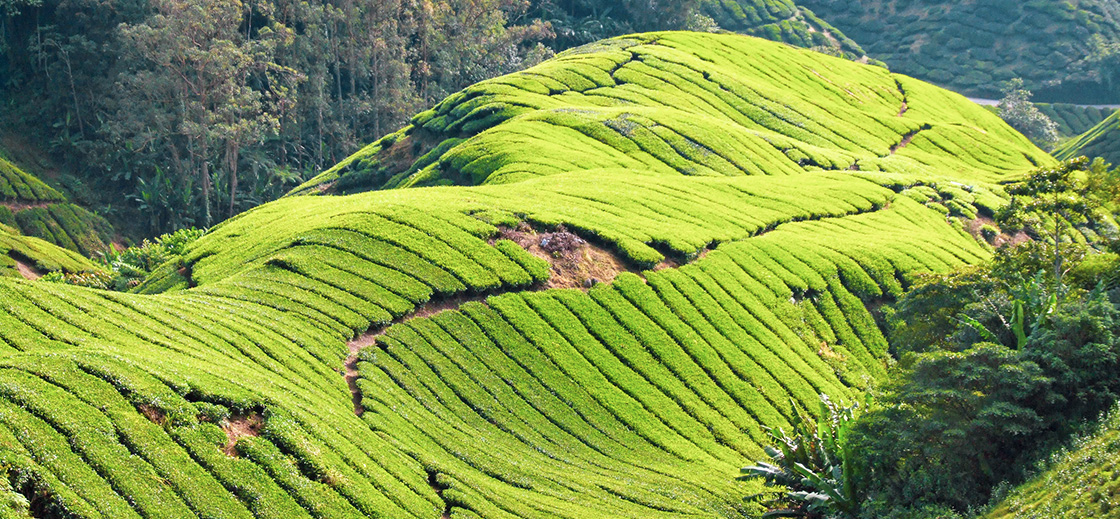
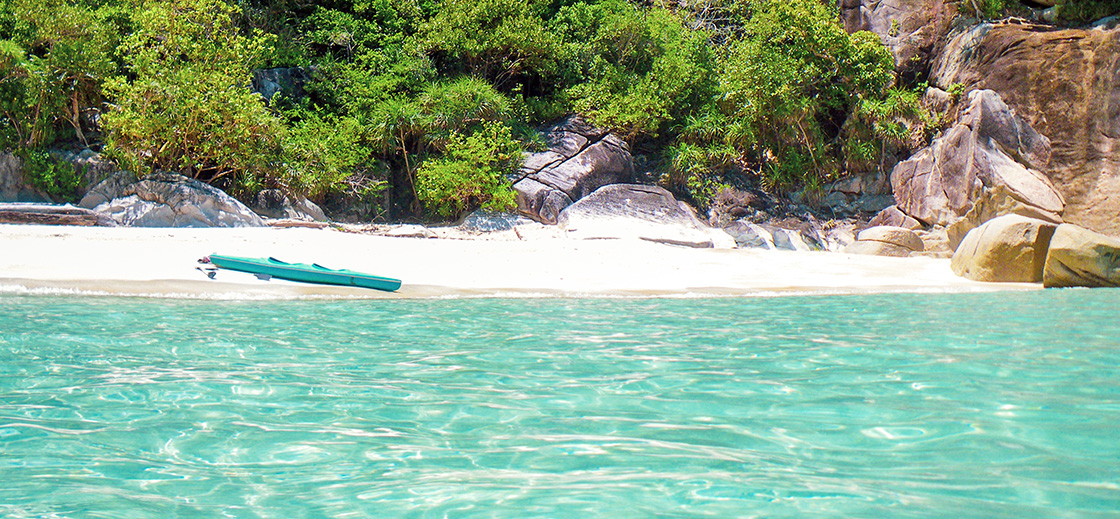
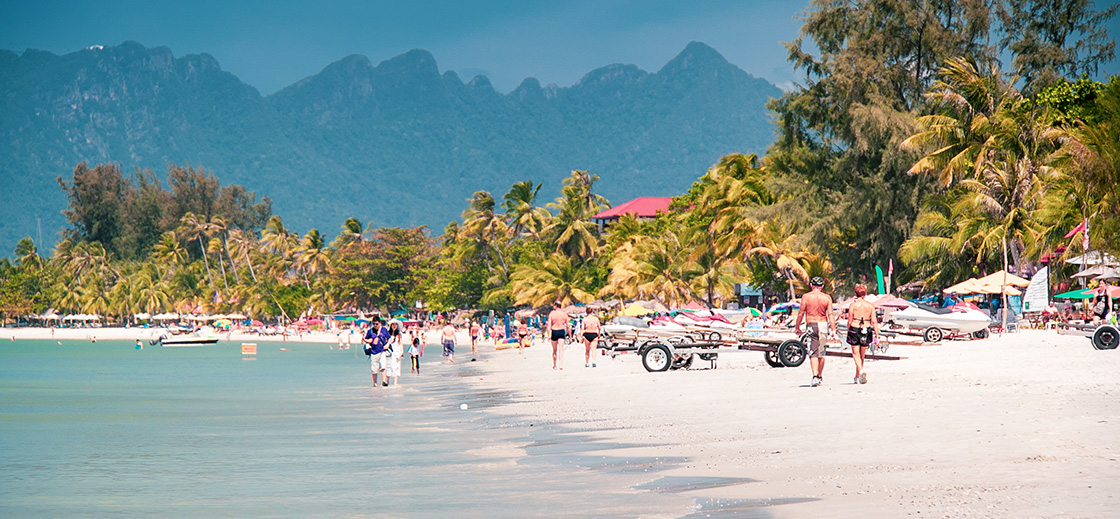
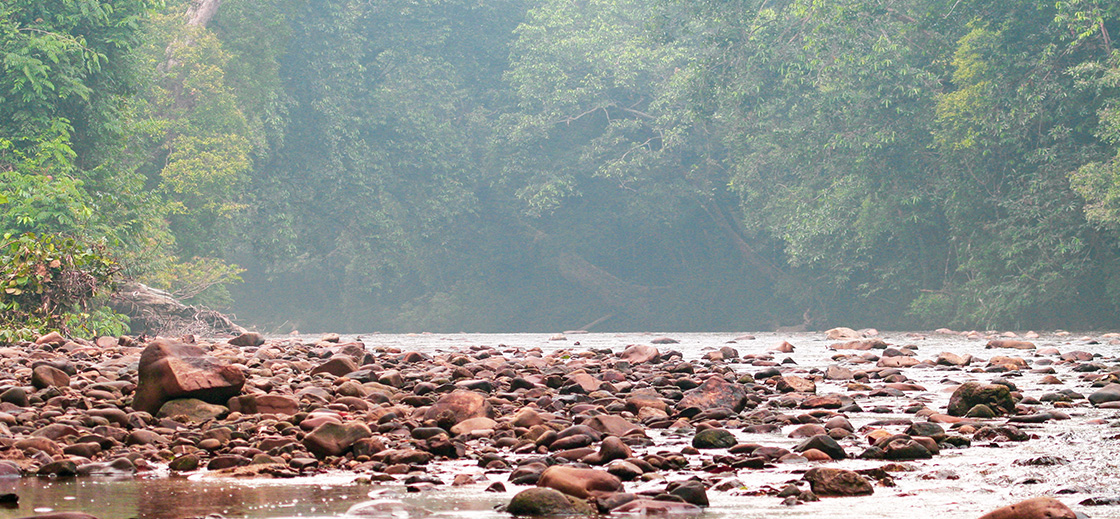
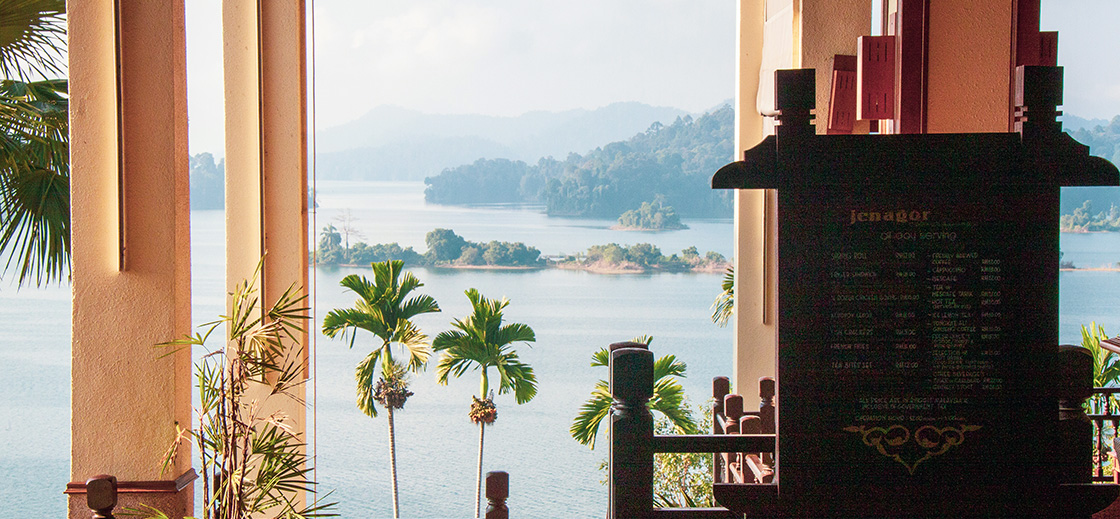



























Traffic Rally
7 months ago
May 5, 2025 at 8:10 am
This guide is incredibly informative! I love how it highlights the diverse jungle experiences in Malaysia. I can’t wait to explore Taman Negara and Kinabatangan River for wildlife spotting. Thanks for the helpful tips on planning a jungle adventure!